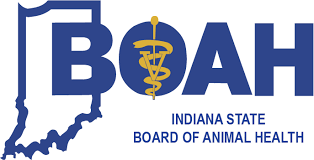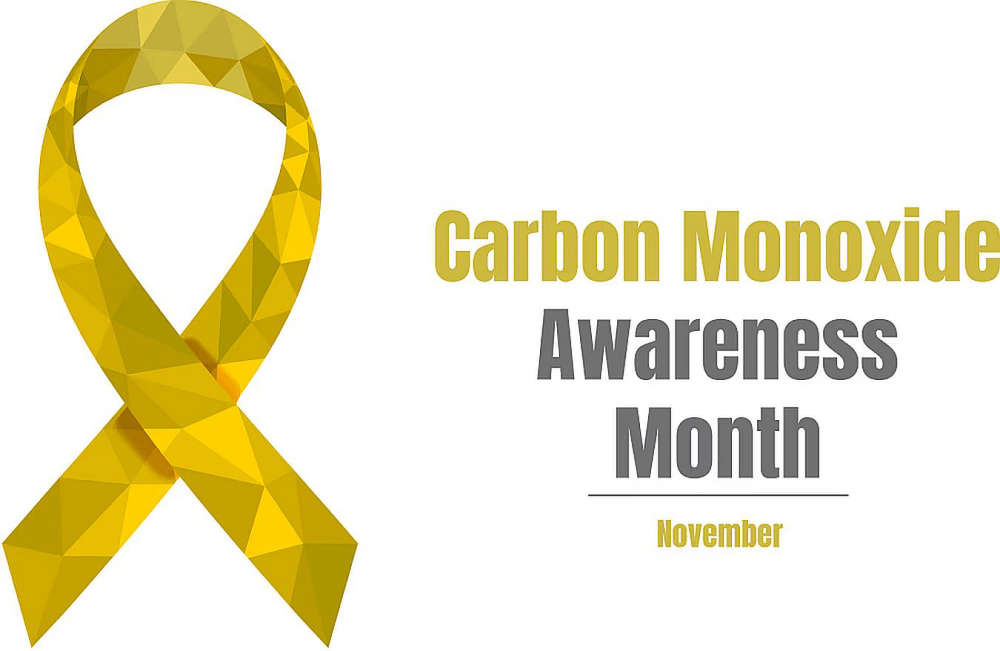
As of May 27, Indiana may declare freedom from highly pathogenic avian influenza (HPAI).
This designation, relative to standards set forth by the World Organization for Animal Health (WOAH), eases export restrictions and international trade barriers for Indiana poultry and poultry products.
Poultry owners should note that HPAI-free status is NOT an “all clear” or an indication that the risk of the disease is over in Indiana or the United States. Owners of all flocks, large and small, need to remain vigilant in biosecurity and in preventing the introduction of the virus.
The influenza virus is still active throughout parts of the United States. HPAI has been identified in poultry on 1,702 premises in all 50 states and Puerto Rico since February 2022, with new cases reported as recently as last week. Wild birds infected with HPAI have been found from coast to coast in various species, including waterfowl (ducks, geese, swans), raptors (eagles, hawks, falcons, vultures), shorebirds, seabirds, and other species commonly found in Indiana.
Steps should be taken to minimize wild bird exposure to poultry as much as possible. Furthermore, last March, the USDA confirmed the first detection of HPAI in a Texas dairy herd. The total confirmed detections in domestic livestock—almost exclusively dairy cattle—now include 1,074 premises in 18 states.
HPAI has also been found in several other species of wild and captive mammals across the country. The first HPAI case of the 2022-2025 incident in Indiana—and the nation—was confirmed in early February 2022 in a Dubois County turkey flock. Indiana has had 34 commercial poultry flocks (chickens, ducks, and turkeys) and 11 small / hobby flocks (mixed species) test positive for HPAI in 20 counties. Of those 45 cases, 27 were diagnosed in 2025.
Indiana has not diagnosed a case of HPAI in livestock.
All control areas and surveillance zones have been released, and most farms have been cleared to restock. Under WOAH guidelines, HPAI-free status can be declared for a state or region after the disease has been eliminated on all affected farms and no new infections are detected in a subsequent 28-day waiting period.


 Indiana State Fairgrounds announces expansion of Hoosier Lottery Stage
Indiana State Fairgrounds announces expansion of Hoosier Lottery Stage
 Shelby County students invited to apply for 2026 Sister City delegation to Japan
Shelby County students invited to apply for 2026 Sister City delegation to Japan
 Indiana students to get free FAFSA filing help at College Goal Sunday
Indiana students to get free FAFSA filing help at College Goal Sunday
 Road repairs continue near Shelby County solar farm
Road repairs continue near Shelby County solar farm
 Select Wings Etc. locations offering free entrée on Veterans Day
Select Wings Etc. locations offering free entrée on Veterans Day
 City of Shelbyville receives recognition from IDEM's Clean Communities Program
City of Shelbyville receives recognition from IDEM's Clean Communities Program
 Tips for Carbon Monoxide Awareness Month
Tips for Carbon Monoxide Awareness Month
 FSSA statement on SNAP benefits, one week delay
FSSA statement on SNAP benefits, one week delay




